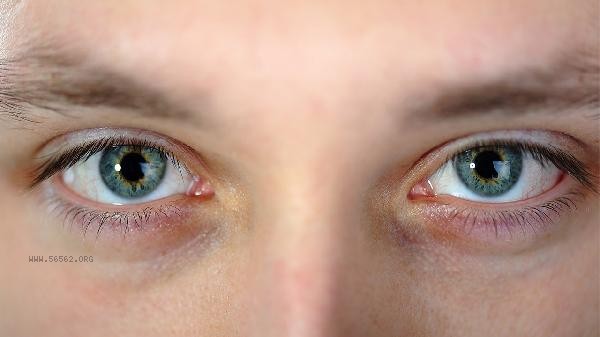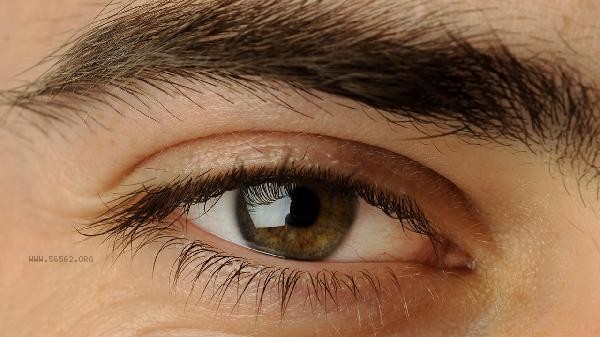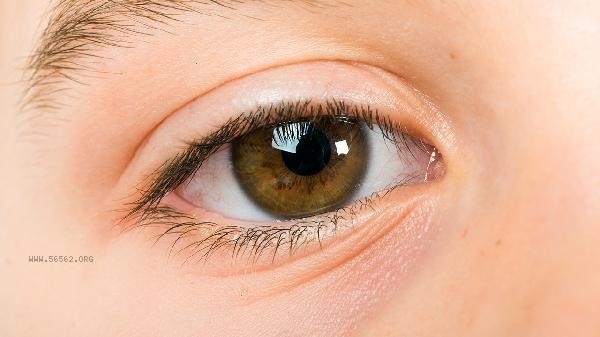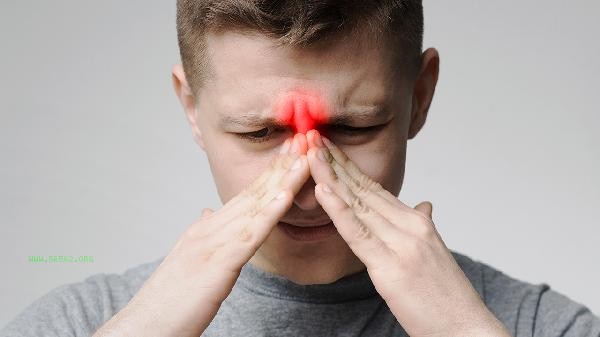Non surgical, non buried, and seamless permanent double eyelids are not suitable for all eye types and require comprehensive evaluation based on the basic conditions of the eye. The suitable population mainly includes thin and tight eyelids, no severe sagging, no epicanthic folds, etc. However, this method is usually not recommended for individuals with swollen eyelids, severe ptosis, or scar constitution.

People with thin and tight eyelids can form stable double eyelid folds through scarless technology, which can recover quickly and naturally after the operation. This type of method uses special instruments to form small adhesions between the meibomian plate and the skin, without the need to cut open the skin or implant sutures, but has high requirements for skin elasticity and fat distribution. The absence of inflammation or allergy history in the eyes is also an important prerequisite, and postoperative nursing requirements should be strictly followed to avoid adhesion failure.

Swelling of the eyeball due to excessive orbital fat may lead to weak adhesion, and postoperative wrinkles may disappear or become asymmetrical. Severe upper eyelid ptosis requires surgical correction of levator muscle function, and simple scarless operation cannot improve the problem of eye opening weakness. Scar constitution may cause proliferative reactions due to minor trauma, which can actually affect aesthetics. For those with severe epicanthic folds, priority should be given to opening the corners of the eyes, otherwise it will limit the design of the double eyelid shape.

Before choosing seamless double eyelid surgery, a professional facial examination should be conducted, and the doctor will evaluate data such as eyelid fissure length, distance between eyebrows and eyes, and eye protrusion. Avoid rubbing or overuse of the eyes for three months after surgery, and apply cold compress appropriately to reduce swelling. Diet should avoid spicy and stimulating foods, and keeping wounds clean and dry can help with recovery. If there is persistent redness, swelling or abnormal morphology, timely follow-up and adjustment should be made.








Comments (0)
Leave a Comment
No comments yet
Be the first to share your thoughts!